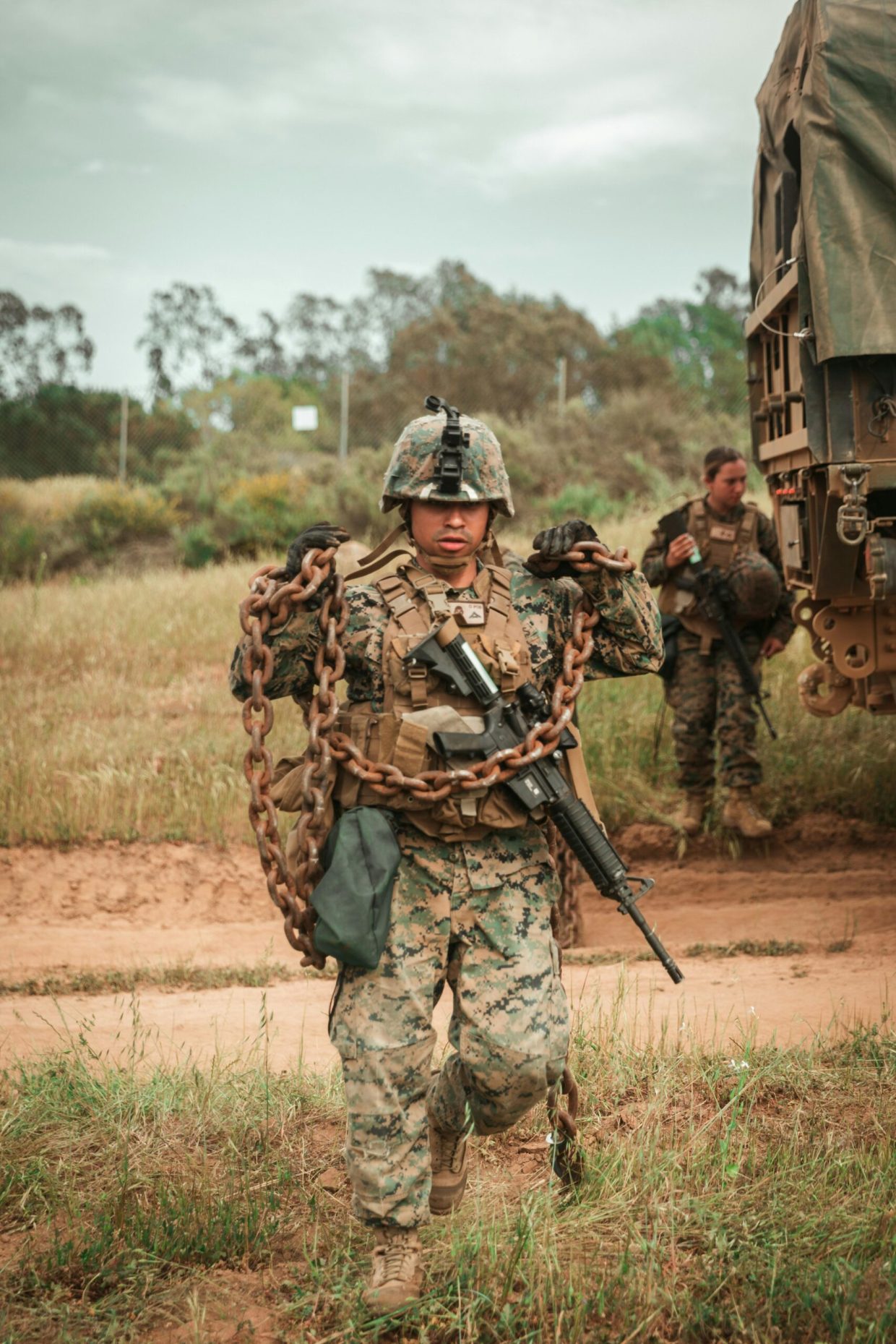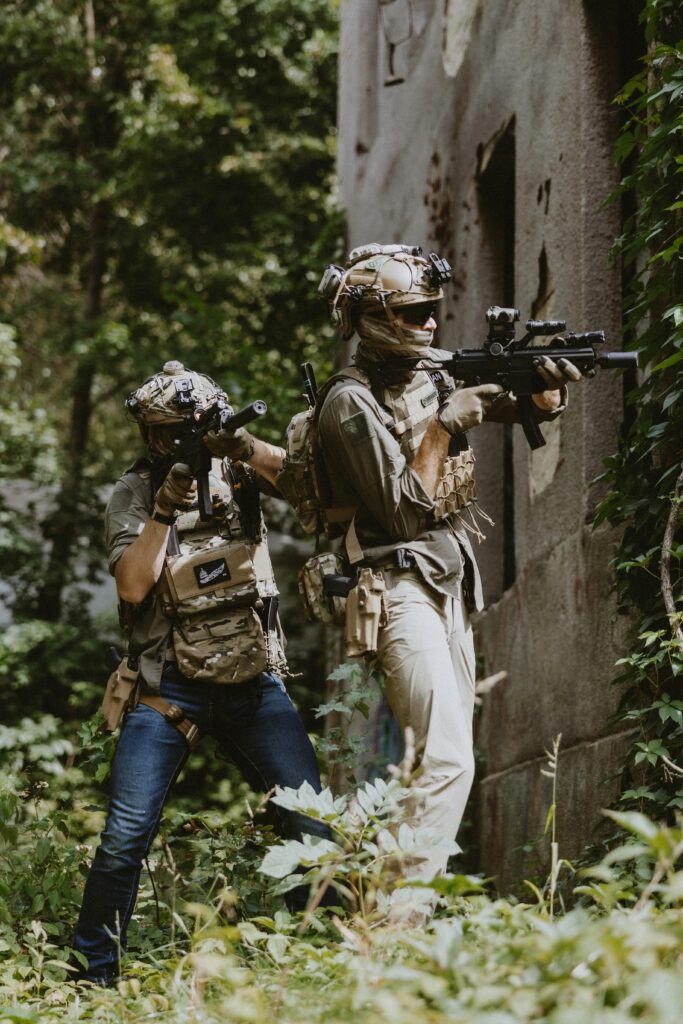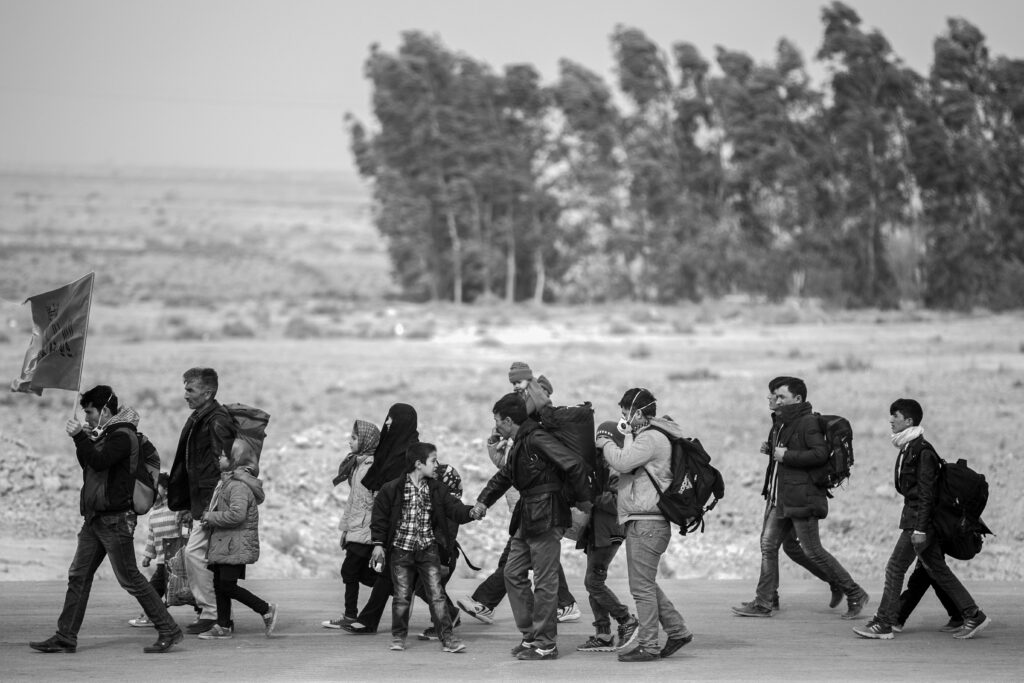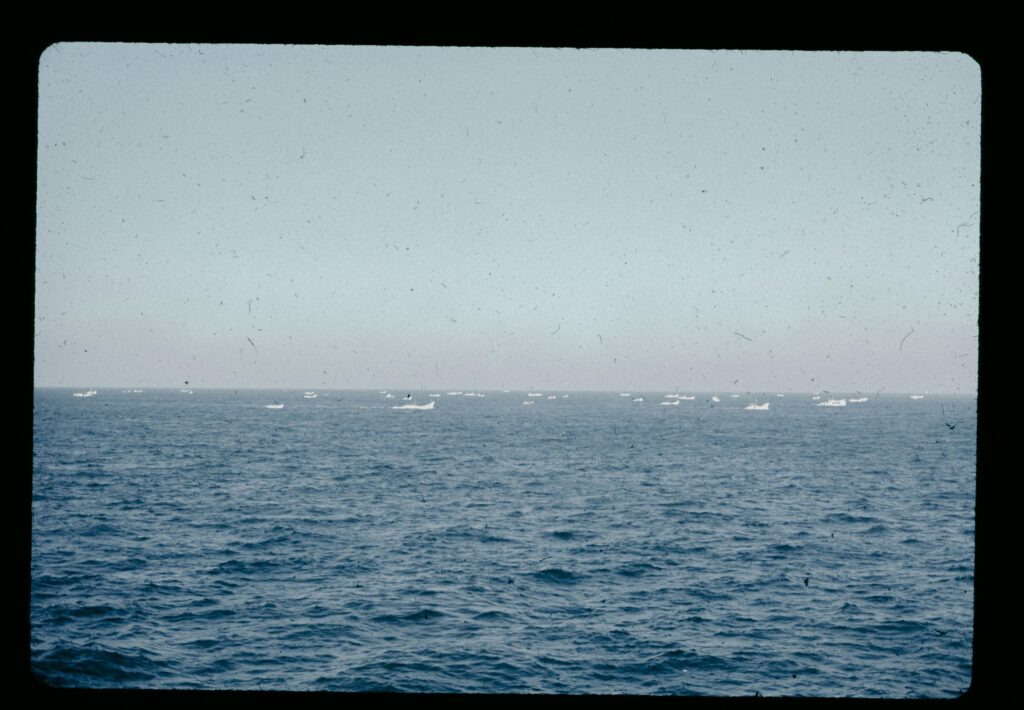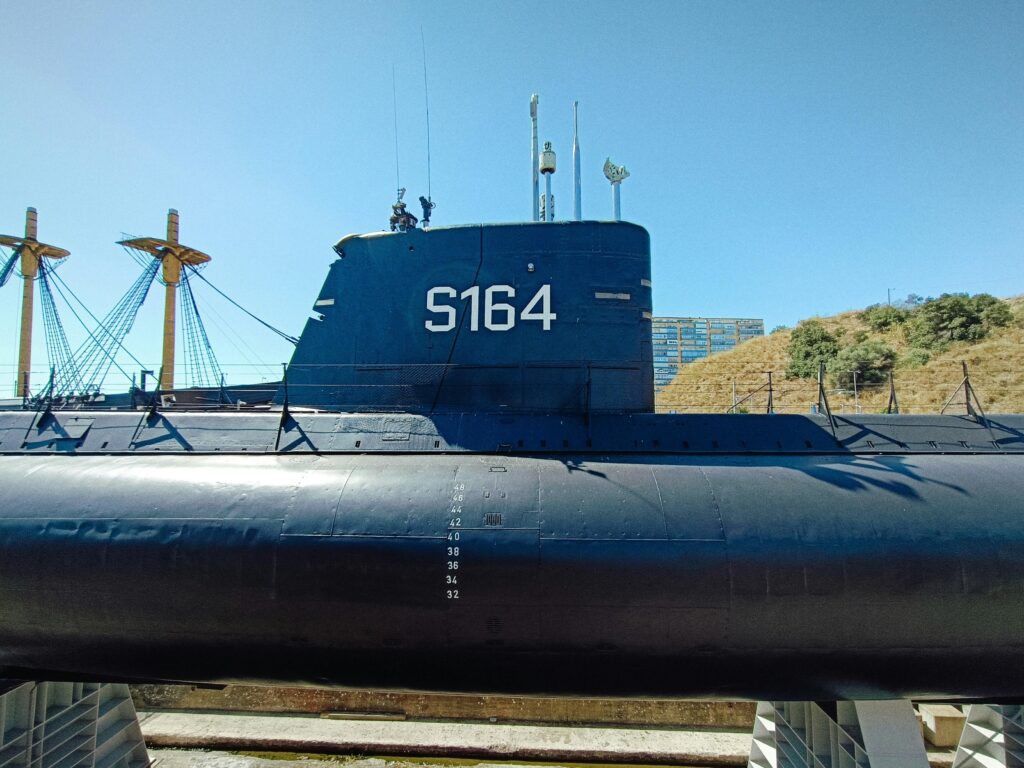When you think about the U.S. military, what comes to mind? Maybe towering bases on American soil, sleek aircraft carriers slicing through the ocean, or soldiers stationed in far-off deserts. But have you ever paused to wonder just how far-reaching America’s military presence truly is? From remote islands in the Pacific to bustling cities in Europe, the U.S. maintains a complex web of installations and forces scattered across the globe. In this post, we’ll embark on a curious journey to explore the vast U.S. military footprint worldwide—unpacking why it exists, what it looks like in different regions, and the surprising ways it shapes international relations. Ready to discover the global reach of America’s armed forces? Let’s dive in.
Table of Contents
- The Hidden Networks Behind U.S. Military Bases Worldwide
- How Strategic Locations Shape Global Power Dynamics
- Unpacking the Impact on Local Communities and Environments
- Rethinking U.S. Military Presence for a Changing World Order
- Concluding Remarks
The Hidden Networks Behind U.S. Military Bases Worldwide
Beyond the visible installations and sprawling complexes, there lies an intricate web of lesser-known sites and allied partnerships that enable the U.S. military’s extensive global reach. These networks often consist of logistical hubs, intelligence-sharing outposts, and covert supply chains, seamlessly woven into the fabric of host nations. Their very existence challenges conventional maps of military presence, revealing a dynamic system that adapts quietly to geopolitical shifts. This intricate meshwork is not only strategic but also deeply reliant on trust, diplomacy, and sometimes, shared vulnerabilities.
Key features of this system include:
- Joint training grounds that operate under the radar, enhancing interoperability without public scrutiny.
- Communication relays discreetly embedded within civilian infrastructure, ensuring continuous situational awareness.
- Collaborative research centers pushing the boundaries of defense technology while cloaked in secrecy.
- Private contractor bases functioning as critical cogs in maintaining day-to-day operations across regions.
Understanding this hidden architecture not only expands our view of military strategy but also emphasizes the delicate balance of power, cooperation, and influence shaping international relations today.
How Strategic Locations Shape Global Power Dynamics
Strategically positioned bases act as more than mere military outposts; they are critical nodes in the web of global influence, enabling rapid response and power projection in volatile regions. From the arid expanses of the Middle East to the dense jungles of Southeast Asia, these footholds facilitate not only combat readiness but also essential intelligence gathering, logistical support, and partnership building with allied nations. They serve as tangible symbols of geopolitical commitment, often tipping local power balances and deterring potential adversaries without direct confrontation.
Several factors make specific locales indispensable on the strategic chessboard:
- Proximity to critical maritime chokepoints like the Strait of Hormuz and the South China Sea ensures control over vital trade routes.
- Access to regional allies and joint training opportunities enhances interoperability and bolsters defense capabilities.
- Natural geographic advantages, such as elevated terrain or isolated islands, provide tactical superiority and seclusion for sensitive operations.
These elements combined reinforce how geography underpins military strategy and statecraft, creating a dynamic interplay between place and power on the world stage.
Unpacking the Impact on Local Communities and Environments
Communities near U.S. military installations often experience a complex tapestry of benefits and challenges. On one hand, bases can bring economic opportunities through jobs, infrastructure development, and increased commerce. However, these gains may be overshadowed by social stressors such as displacement, altered local economies, and cultural shifts. Environmental degradation also plays a pivotal role, with noise pollution, restricted land use, and contamination from military activities quietly reshaping local landscapes and livelihoods.
Examining these realities uncovers patterns common to many host regions:
- Disruption of indigenous practices and heritage due to restricted access or damage to sacred sites
- Water and soil pollution from hazardous materials, affecting agriculture and health
- Strained relationships between military personnel and local populations, influencing social cohesion
- Increased vulnerability to climate events when ecosystems are altered or degraded
Understanding the full scope of this footprint requires listening closely to the voices of local residents and environmental experts alike. Their stories reveal not only the physical consequences but also the intricate cultural dynamics forged by decades of military presence.
Rethinking U.S. Military Presence for a Changing World Order
As geopolitical landscapes evolve, it’s essential to reassess how and where the U.S. military projects power. Traditional bases and forward deployments, once seen as pillars of global stability, now face challenges posed by emerging technologies, shifting alliances, and regional dynamics. This transformation prompts questions about the efficiency and adaptability of an extensive overseas presence. Could a more nimble, technology-driven approach replace sprawling bases? The answer may lie in blending historical strategy with innovative defense paradigms, emphasizing flexibility over sheer footprint.
Examining current deployments reveals a complex web of strategic priorities, including:
- Rapid response capabilities in volatile regions, ensuring quick reaction to crises.
- Collaborative security networks with allied nations to share intelligence and resources.
- Technological investments like drone operations and cyber warfare centers that reduce the need for traditional installations.
Exploring these facets invites us to imagine a future where the military presence is less about geography and more about strategic influence, opening avenues for a redefined global engagement that matches the complexities of today’s world.
Concluding Remarks
As we’ve seen, the U.S. military’s presence stretches far beyond its borders, weaving a complex web of bases, alliances, and strategic interests worldwide. Each location tells a unique story about history, geopolitics, and the ever-shifting balance of power. Whether you view it as a force for stability or a symbol of reach, the global footprint of the U.S. military is undeniable—and endlessly fascinating. So next time you hear about a base halfway across the world, take a moment to wonder: what role does it play in the bigger picture? There’s always more to explore beneath the surface.


